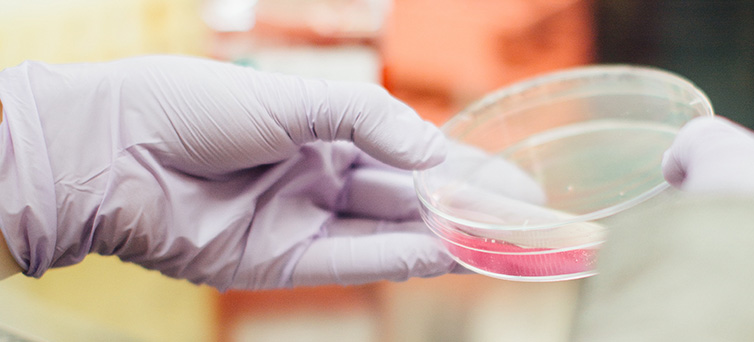Living a healthy lifestyle doesn’t mean hours of training at the gym and eating only salad leaves. It’s about making easy-to-manage healthy choices in your day-to-day living. "The trick to making your lifestyle healthier is to make small healthy changes every day, such as taking the stairs instead of the lifts, increasing your fruit by one, drinking one extra glass of water or quitting smoking." So let’s start with the fundamental basics of healthy living: regular exercise, healthy eating and healthy lifestyle choices: I like to move it, move it!


The beginning of 2016 marked a major transition in global health: from the Millennium Development Goals (MDGs) to the Sustainable Development Goals (SDGs). The core strategy used to reduce mortality from MDG health conditions was expansion of coverage of a short list of effective but relatively simple health interventions. Indeed, success on many of the MDGs was measured through coverage (eg, proportion of births with skilled attendants). There are two reasons to think that the utilisation strategy will not deliver the Sustainable Development Goals (SDGs). First, greater use of health care did not reduce excess deaths from MDG conditions that require more complex clinical care. For example, India's Janani Suraksha Yojana (JSY) programme shifted millions of births from the home to hospital through cash incentives, but failed to reduce maternal or newborn mortality, probably owing to low provider skill and poor clinical management.1, 2 Second, the new conditions on the global health radar—non-communicable diseases, mental health and addiction, and injuries—are also contingent on accurate and rapid diagnosis and treatment, care integration for multimorbidity, and longitudinal care.

Increasing access to and utilization of health care services is not sufficient for improving maternal health outcomes. The quality of care a woman receives during pregnancy, delivery and postpartum affects her health, the health of her child and the likelihood that she will seek care in the future. High quality care should be:


